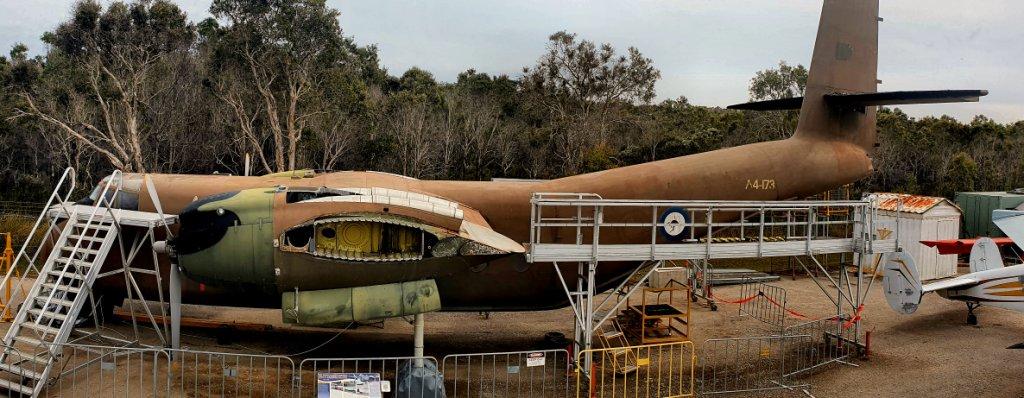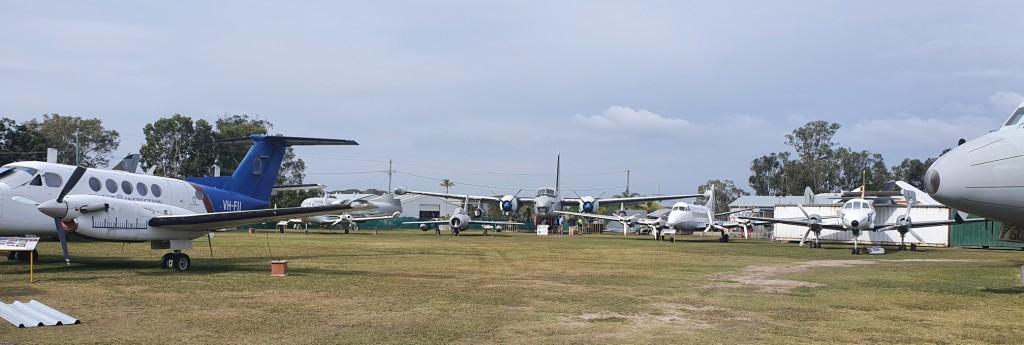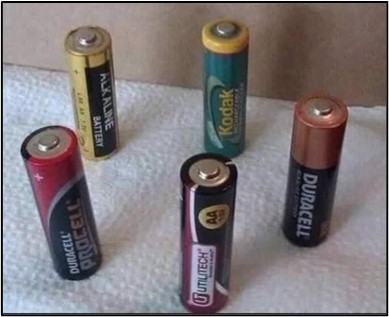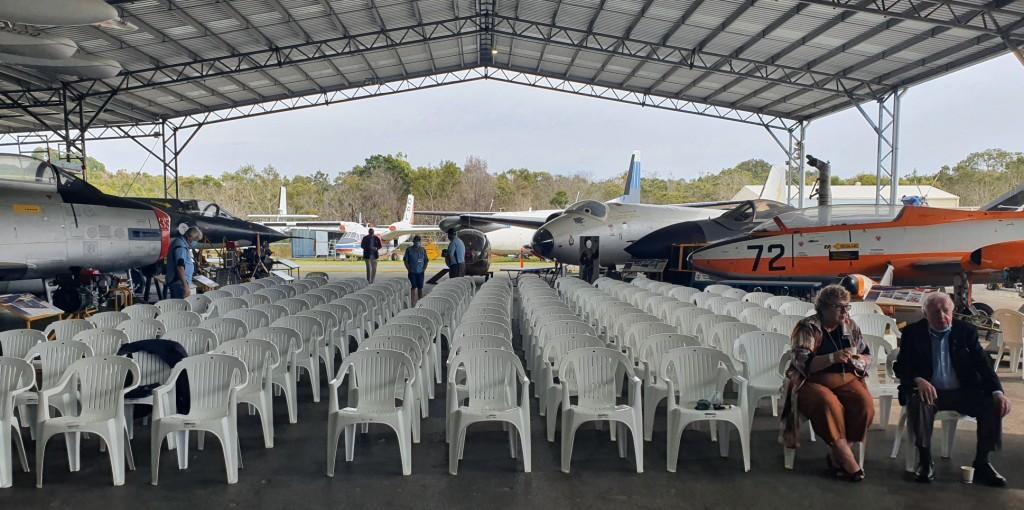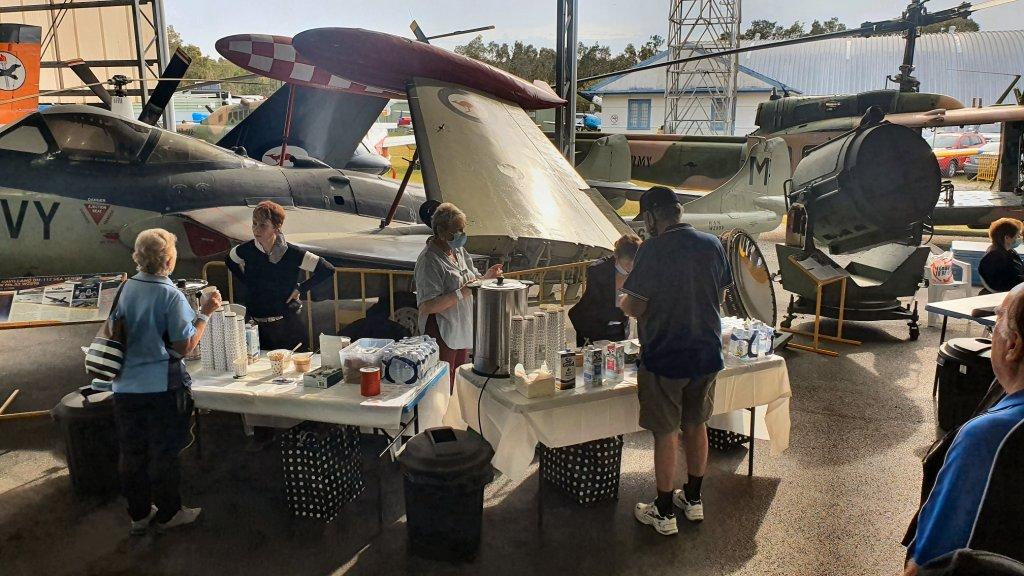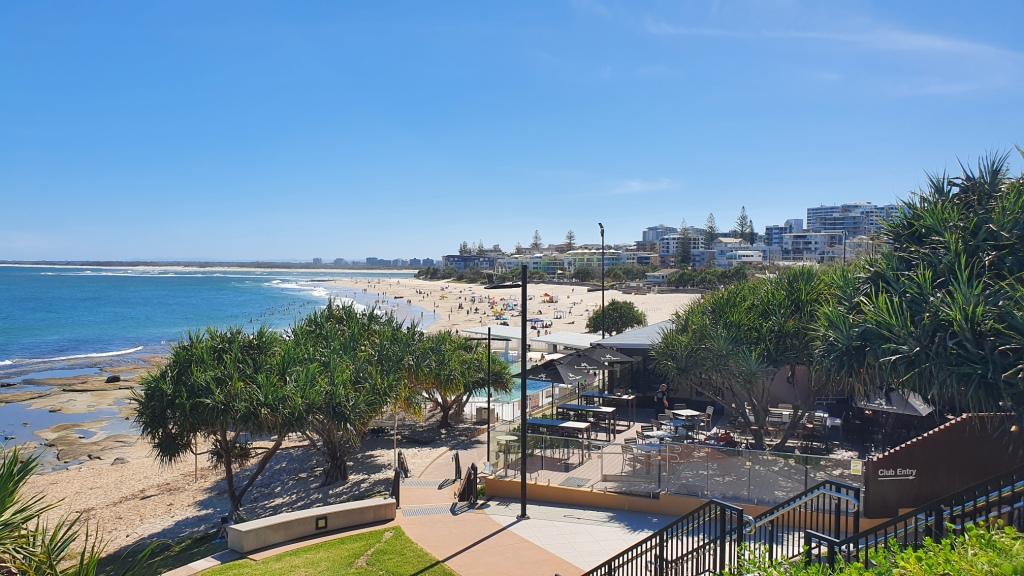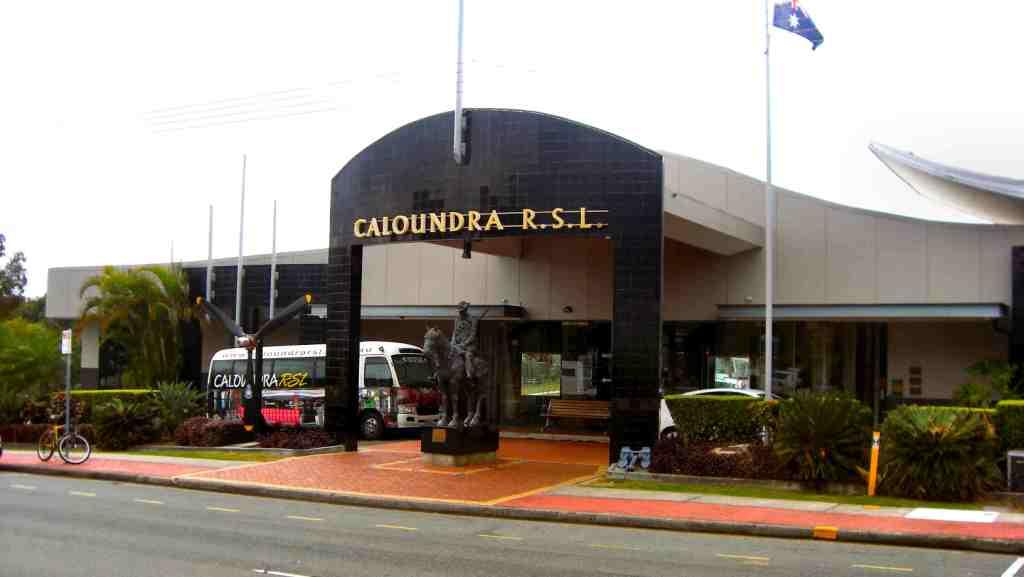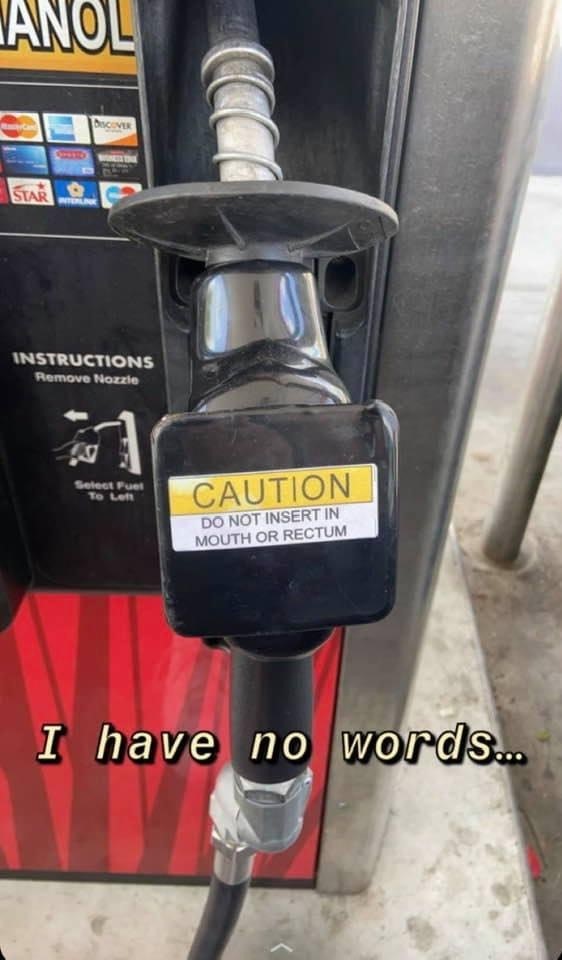|
|
||
|
||
|
Privacy Policy | Editorial Policy | Profit Policy | Join the Association | List of Members | Contact us | Index | Links |
||
|
Back Go to page: 1 2 3 4 5 6 7 8 9 10 11 12 13 14 15 16 17 18 19 20 Forward |
||
|
|
||
|
Some of the pics on this page have been crunched to allow them to open quicker. You can see/download the HD version by clicking each pic.
|
||
|
RAAF’s 100th Anniversary.
Military aviation came of age during World War I when airships and early aircraft were mainly used for reconnaissance. Australia's eight Australian Flying Corps (AFC) squadrons were part of the Australian Imperial Force (AIF) and were attached to larger British Royal Flying Corps / Royal Air Force formations.
During World War I, 800 officers and 2,840 men served in the AFC and 175 lost their lives. Many AFC veterans helped to lay the groundwork for the future Royal Australian Air Force and after the war others would enter industry to make significant contributions to civil aviation.
In January 1920, the AFC was replaced by the Australian Air Corps, which became the Australian Air Force on 31 March 1921, King George V approved the prefix "Royal" in June 1921 and it became effective on 31 August 1921. The RAAF then became the second Royal air arm to be formed in the British Commonwealth, following the British Royal Air Force
World War II
In World War II, Australian air and ground crews fought in Europe, North Africa and the Middle East; over the North Atlantic, the Indian and Pacific Oceans and the Mediterranean; India, Burma, Malaya, Singapore, Thailand, China, the Netherland East Indies, New Guinea, the Solomon Islands, the Philippines and Borneo. They also fought over Australia, its territories and its approaches.
In late 1944, the RAAF peaked at over 182,000 personnel and 6,200 aircraft in 61 squadrons. In 1945, Australia had the fourth-largest air force in the world (after the USA, USSR and UK). Over 215,000 men and women served between 1939-45 and 9,870 Air Force personnel lost their lives. Over 55 per cent of these deaths occurred in the air war against Germany over Europe.
The RAAF had planned quite a number of events to celebrate the formation of the Australian Air Force 100 years ago but unfortunately, Covid had other ideas and most of them were canned. RAAF did organise an event in Canberra on the 31st March which was televised live nationally, but with Covid in full swing in August, all official plans were shelved. People in Vic, the ACT and NSW were locked up tight so nothing could be planned south of the Tweed, but in Queensland, where life was very close to normal, some events were held.
The Air Force Associations of Nambour and Kawana Waters (Qld Sunshine Coast) had planned an event back in March 2021, but as all of Australia was in hibernation, those plans were put on hold and rescheduled for the 31St August – the anniversary of the Australian Air Force gaining its Royal prefix.
Capably led by Gary Graham and his lovely wife Lorraine, the two Air Force Associations held their delayed centenary celebration on the 31st August, starting at the Qld Air Museum (QAM) at Caloundra airport, followed by a luncheon at the Caloundra RSL.
|
||
|
The QAM, which has been in existence on the busy Caloundra airport since 1987 (see HERE) has on display a huge and wide display of aircraft.
|
||
|
Caloundra airport.
The QAM opened their doors at 8:15am for those attending and people were free to walk around and in a lot of cases, look and walk in many of the aircraft. Some of those on display include:
|
||
|
|
||
|
The P3 Orion.
|
||
|
Mig 15.
When the Russian Mig-15 first appeared in the skies over Korea in November 1950, it sent shock waves through the Allied Air Forces. Superior to all Allied aircraft at the time, it took the UN forces completely by surprise until the hasty introduction of the North American F-86 Sabre in December 1950.
Initially powered by a “reverse-engineered” Rolls Royce Nene engine, the Mig was superior to the Sabre in rate of climb, maximum altitude and armament, however, at lower altitudes the sabre was more manoeuvrable and could out turn the Mig.
This aircraft was sold by the Polish Government. It was stored in a dismantled state for many years until on-sold to the Museum of Flight near Nowra NSW in 2000. In December 2002 the Museum of Flight moved it to Classic Jets in Adelaide for restoration. In a nearly completed state, it was sold to Classic Jets in 2006. The QAM acquired it in 2010 and it arrived in Caloundra in November 2010.
|
||
|
The CA-16 Wirraway.
In 1936, with war looming, the Australian government encouraged three major industrial companies to form a syndicate as the basis for giving Australia a substantial aircraft production industry in cases of wartime isolation.
The resulting Commonwealth Aircraft Corporation (CAC) chose the North American Harvard to give the new company experience and to train its staff. Built under licence, the resulting aircraft, which was called the Wirraway (Aboriginal for “Challenge”), was closely related to its north American cousin. Powered by a CAC licence-built Pratt and Whitney 600HP R-1340 Wasp radial engine, the Wirraway first flew in March 1939. It was mated with a three bladed de Haviland variable pitch propellor.
Wirraway production continued until 1946, with 755 built and used mainly in the training, general purpose and ground support rotes. However. although used in limited numbers in combat. by 1942 the type was obsolete and no match for Japanese fighters. A gallant few were uselessly committed as fighters in defence of Rabaul in 1942. Later that year, Pilot Officer J. S. Archer shot down a Japanese fighter aircraft, a Kawasaki Ki-43, sending it crashing into the sea. This was the only occasion that a Wirraway shot down another aircraft.
Also serving with the Royal Australian Navy (RAN). the Wirraway had its last official flight with the RAAF in 1958 as the CAC Winjeel replaced it in the training role.
Built in 1944, this particular aircraft arrived at RAAF Pilot Test Training Flight at Laverton, in July of that year. From August 1946 it spent much time in storage until approved for disposal in October 1958. After passing through a number of owners, a syndicate acquired the Wirraway and restored it to flying condition. The restored aircraft flew in 1986 as VH-WIR and it was often seen at air shows and pageants. In October 2010, the charitable John Villiers Trust financed the purchase of VH-WIR by QAM. The Trust donated it to the Museum as a memorial to its founder, and in November/December 2010, QAM member Matthew Denning flew it from Adelaide to Caloundra for preservation.
|
||
|
The Lockheed Venture.
In 1938 the British Purchasing Commission (BPC) in the USA persuaded Lockheed to convert their Model 14 Super Electra into the successful maritime patrol Hudson. The BPC then convinced Lockheed to similarly convert their larger Model 18, Lodestar into the military Model 37, Ventura. The prototype flew in June 1940 and orders for 675 followed, however, its use as a day bomber in European skies in late 1942 was unsuccessful and the British cancelled the order after the delivery of 300 Mk.ls and Ils to the RAF. The USAAF operated the type as the B-34 or B-37 Lexington and the US Navy ordered modified Venturas designated PV-1, for maritime patrol work, with some 1600 being built.
|
||
|
Australia received 75 Venturas from August 1943, 20 were B-34 Ventura IIAs and the remainder were PV-ls. They served in three Australian Squadrons: 459 Sqn. In the Middle East. 464 Sqn. in the UK, and 13 Sqn formed in Darwin in 1940, in Australia and the South West Pacific. The Ventura replaced Hudsons and Beauforts in active service in New Guinea, Timor and the Netherland East Indies. (Indonesia).
In 1945, 13 Squadron. using unarmed Venturas, helped repatriate former POWs from Japan. The Ventura also served with eight squadrons of the RNZAF and on one memorable occasion in 1943 one of their Venturas, on being attacked by nine fighters, shot down three enemy aircraft and damaged two others before returning to base badly damaged.
This particular aircraft arrived at 2 AD Richmond in June 1944, From November 1944 it was stored at the Care and Maintenance Section at Evans Head in NSW. On one occasion it was damaged and later repaired It was disposed off by the RAAF in 1949 and the fuselage spent some time as a wood shed on a Brunswick Heads property until 1979. A John Hill purchased it and stored it at the Chewing Gum Field Museum at Tallebudgera on the Gold Coast. The QAM acquired it and has been slowly restoring it, using Hudson/Lodestar parts when Ventura parts are unavailable.
|
||
|
These aircraft were fitted with the RT-7/APN-1 FM-modulated radio
altimeter which was designed by RCA and became operative in 1943, during
WWII. Basically it has a transmitter (Tx) and a receiver (Rx). The
Tx frequency is modulated by a frequency (from 40Hz to 4000Hz) that
changes at a
IE: At an instant in time, the transmitted frequency is modulated with (say) 45Hz. That signal is transmitted, hits the ground and is received back at the Rx but by this time the Tx modulated frequency has changed a little bit, at a predetermined rate and when the signal gets back to the set, the modulated frequency is (say 50Hz), so the set compares the, at that time, 50 Hz with the frequency coming back (45Hz) and from the difference can work out the altitude above ground. The greater the difference between the two the higher the aircraft.
It would have been a dog of a thing to work on, back then getting UHF sets, with a bunch of valves, to remain stable when jostled around in an aircraft was always a problem.
|
||
|
The Bristol Bloodhound.
The Bristol Bloodhound was a British surface-to-air missile (SAM) developed during the 1950s as the UK’s main air defence weapon and saw service with the RAF and the forces of four other countries, Australia, Sweden, Singapore and Switzerland. The design was the result of a search for an improved air defence of the British Isles following the USSR into the nuclear armament age.
Initial guidance was semi-automatic, the targets being identified by standard early warning ground radar, then for final attack, handed over to local weapon controllers. Bristol developed the Bloodhound in parallel with the more mobile English Electric Thunderbird, with the latter chosen by the UK Army for field use. The RAF chose the Bloodhound to protect the RAAF V-Bomber bases from Soviet bombers that may have escaped the English Electric Lightning supersonic interceptors.
During development, the missiles were tested at Woomera in SA. Australia ordered 20 Mk1s in 1959 and they entered service with 30 Sqn at Williamtown in 1961. A detachment went to Darwin in 1965 but all were retired in 1968.
This example is presumed to have come from Woomera as the engines carry Woomera associated data plates and was acquired by the QAM in March 2013.
|
||
|
Caribou A4-173
This particular aircraft had an exciting career in Vietnam during the 1960’s, being involved in several incidents and ended up wearing two US Army wings. It used to sit pride and joy at the entrance to the display but lately has started to show signs of severe corrosion. It sat through a severe storm some months back and unfortunately did not have its gust-lock engaged, consequently it lost quite a few of its control surfaces.
It now sits at the back of the yard awaiting an E service.
|
||
|
P2V-7 Lockheed Neptune.
This aircraft was delivered to 10 Sqn in Townsville on the 28th April 1962. In July 1975 it was placed in storage awaiting disposal and was eventually acquired by a Syd Beck for his collection of aircraft at Thuringowa near Townsville from where it was moved to Mareeba in Feb 1994. Upon the death of Mr Beck, it was sold to the QAM and transported down to Caloundra by road early in 2016 where it was reassembled.
Click HERE to see the aircraft being stripped down for transportation to the QAM .
|
||
|
As well as those aircraft, the QAM has many more on display and if you haven’t been, you should make it a must see, it is definitely worth it.
|
||
|
We had to include this for our old mate Don who lives in Melbourne. He gets all teary when he sees these things.
|
||
|
||
|
|
||
|
At about 10.30am, people started to assemble into the main hangar for the anniversary commemoration. The QAM volunteers had earlier set up about 150 seats for guests.
|
||
|
|
||
|
These lovely ladies were on hand from 8.00am to give everyone an early morning heart starter complete with a couple of biscuits which someone had obviously spent hours preparing by placing them in hundreds of individual click lock plastic bags. Very much appreciated.
|
||
|
Everyone assembled in the hangar for the official welcome and the birthday commemoration service.
|
||
|
Bernie Ballantine, the President of the Nambour Air Force Association, (and an old Radtech), welcomed everyone to the event and introduced GpCapt David Wilcox (Ret’d), the deputy President/Treasurer of the Nambour Air Force Association and the guest speaker, who gave an informative talk on how and when the Air Force was formed.
|
||
|
GpCapt David Wilcox.
|
||
|
Revs Dr Peter Hall and Ian Bailey led everyone in prayer,
|
||
|
while Steve Wessels kept guard at the rear, making sure no-one left early.
Approaching midday, with the ceremony concluded, people filed out, got into their cars and headed for the Caloundra RSL for lunch, some tracking coastal.
|
||
|
|
||
|
Caloundra RSL.
|
||
|
Christa Michalik and Lorraine Graham were the gate keepers in the RSL’s function room and nobody got past without buying a raffle ticket or two.
|
||
|
Gary Graham, the area Vic-President and President of the Kawana Waters, was the MC for the afternoon.
|
||
|
Rob Wilson (left) presented AVM Dave Dunlop CSC (Ret’d) with a certificate and name badge, confirming him as the Patron of RAAFA QLD Division. Dave was appointed to the position in April but due to Covid cancellations, the presentation had to be delayed until now. Rob was deputising for the State President, Ted Mildren CSM, who was flying down from Townsville for the occasion but QANTAS cancelled his flight at very short notice.
Lunch was then served, an alternate drop of chicken and fish. Some of the tables:
|
||
|
|
||
|
|
||
|
|
||
|
|
||
|
|
||
|
After lunch, Paul Graham drew the raffle and his lovely wife Lorraine handed out the prizes, one of which went to her friend Christa. It was suggested the stewards should have been called!!
|
||
|
|
||
|
|
||
|
|
||
|
|
||
|
And being the diplomat that he is, Gary made sure the lovely Maria Suarez, ex-RAAF and now Sunshine Coast Councillor, was one of the winners. You have to know where your bread is buttered.
|
||
|
With the afternoon drawing to a close, those present were asked to be upstanding, to charge their glasses and drink a toast to the Queen.
|
||
|
As Jake Jacobsen said later, who needs an excuse to drink a good port.
The afternoon was then concluded, some headed home, some moved into the Club proper for a quiet drink, some stayed put for a bit longer. A great day, thanks to the Sunshine Coast’s AFAs.
|
||
|
|
||
|
|
||
|
|
||
|
Back Go to page: 1 2 3 4 5 6 7 8 9 10 11 12 13 14 15 16 17 18 19 20 Forward |
||


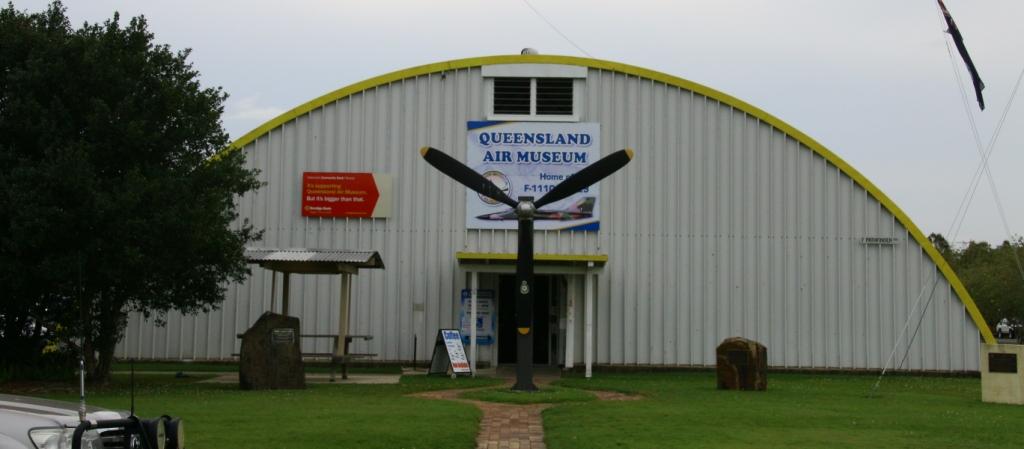
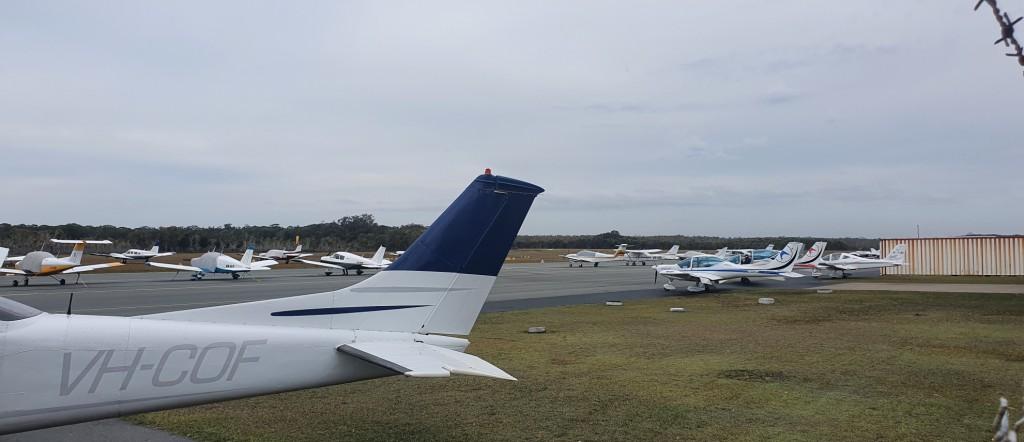
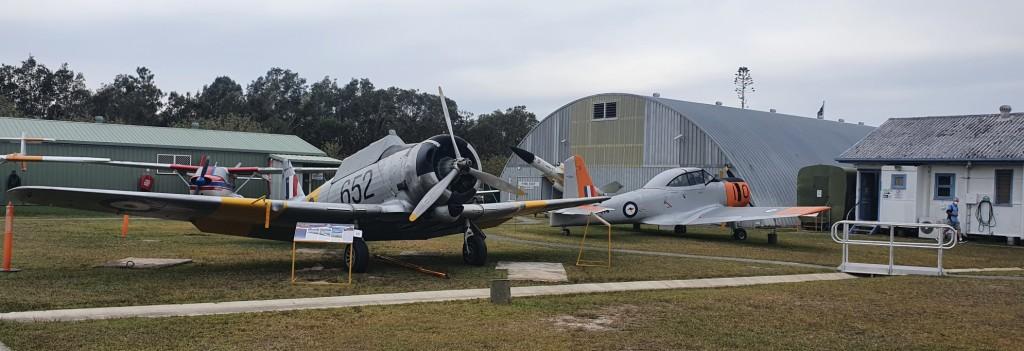
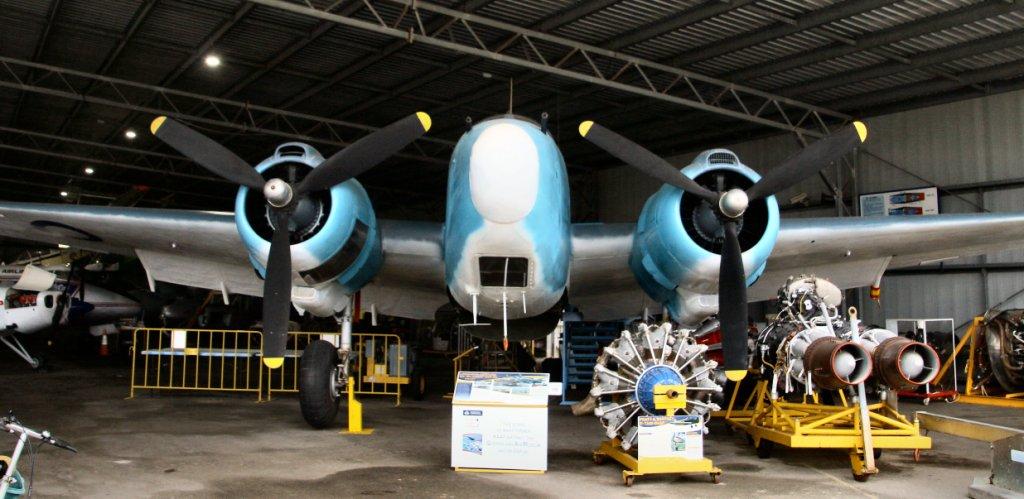
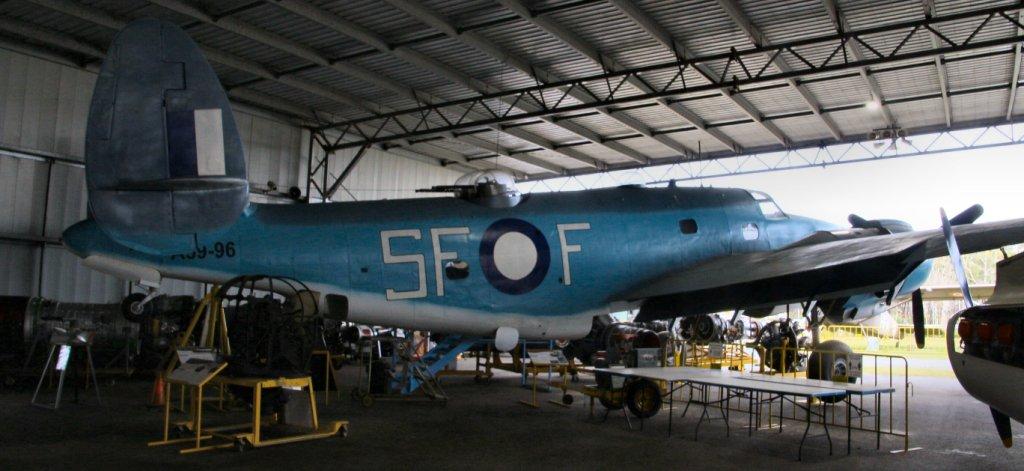
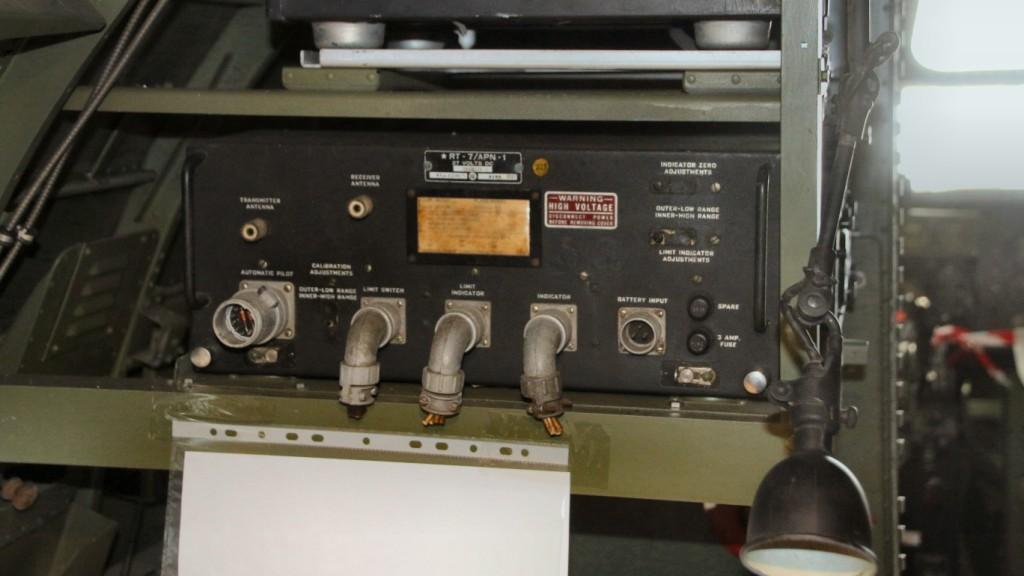
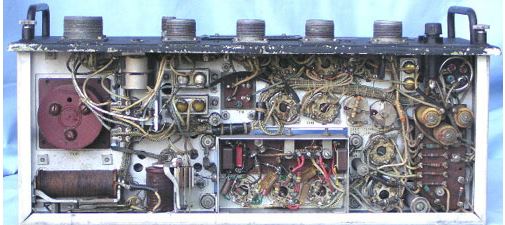 constant rate. The antenna directs that signal downwards. That signal is
bounced back and received by the Rx. As there is a finite time between
the transmitted signal leaving the aircraft, reaching the ground and
bouncing back to the aircraft, the set can convert this time difference
into distance. It does it by knowing the modulated frequency of the
outgoing signal then comparing the returned signal with the frequency
being transmitted at the time.
constant rate. The antenna directs that signal downwards. That signal is
bounced back and received by the Rx. As there is a finite time between
the transmitted signal leaving the aircraft, reaching the ground and
bouncing back to the aircraft, the set can convert this time difference
into distance. It does it by knowing the modulated frequency of the
outgoing signal then comparing the returned signal with the frequency
being transmitted at the time.
